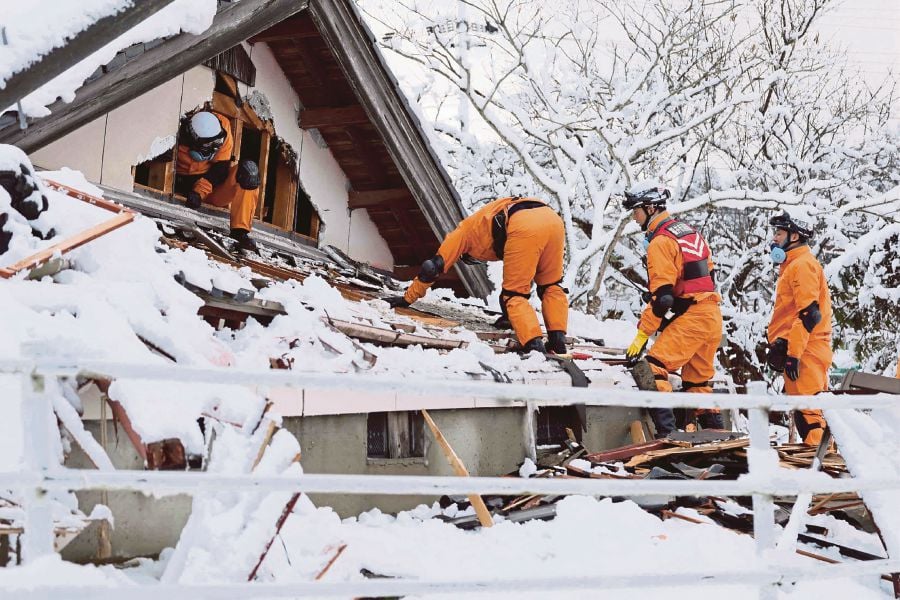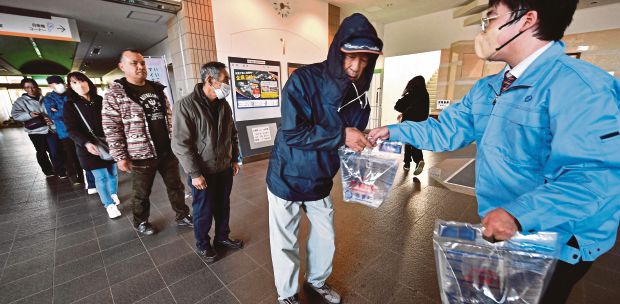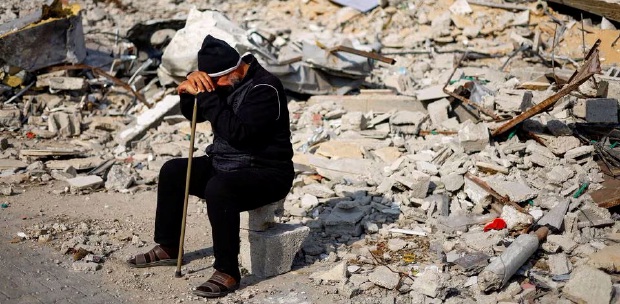TWENTY-FIVE minutes after the New Year's Day earthquake, a tsunami several metres high barrelled into Shiromaru, leaving a trail of destruction for the Japanese coastal community's mostly elderly residents.
One person died but the roughly 100 inhabitants like Yukio Teraoka and his wife, well drilled in what to do in seismic hotspot Japan, dashed out of their houses and fled to higher ground in time.
"We cannot live in our house any more," Teraoka, 82, said as he and his wife shovelled the heavy, sodden sand brought by the waves out of their wrecked home.
"There are 30kg of rice stored in this," said his wife, in red rubber gloves, woolly hat and face mask, pointing to a hefty steel container the size of a refrigerator that rolled on the ground.
"But it's all waste now after being soaked in sea water."
Elsewhere in the village, one of several that dot the small coves of the Noto peninsula hit by the 7.5-magnitude quake, a tangled mass of wooden, metal and plastic debris litters the streets.
The detritus includes furniture, mattresses, shoes and, by one mangled metal fence, a forlorn and soggy Snoopy stuffed toy, even though like many villages in ageing Japan, Shiromaru has zero children of elementary school age.
The death toll from the quake and its aftermath on Saturday reached 161, with more than 200 still unaccounted for. More than 30,000 people are in shelters.
Buffeted by the salty seaside wind, only a few people were cleaning up in Shiromaru on Friday four days on from the disaster, with little help from the overstretched authorities.
"I don't think we have received enough supplies or food," Taku-shi Sakashita, 59, who lives nearby, said.
He said he has refrained from taking food rations at a shelter so they would go to people more in need.
"I myself try not to move around to save petrol, because petrol stations are not working and there is a lack of petrol."
Shiromaru at least remains reachable along the main road.
Many other communities are still cut off, with hundreds of landslides having made many roads impassable.
Tens of thousands of people were without power or running water.
Toshio Sakashita, 69, said his house was submerged in about 2.5m of water.
"The tsunami came from the cove of Shiromaru through the river, and then ran up through the street."
The raging mass of water swept through the first storey of many of the wooden houses, scattering their belongings.
Teraoka said: "We have received no public support. Look, the main street is still blocked due to the rubble, which has been left untouched.
"We will have to stay at a shelter with everyone else for about three months.
"And then for two to three more years we will live in temporary housing, because the whole Ishikawa prefecture has been hit.
"We will die sooner or later. We are over 80 already."
The writer is from Agence France-Presse





